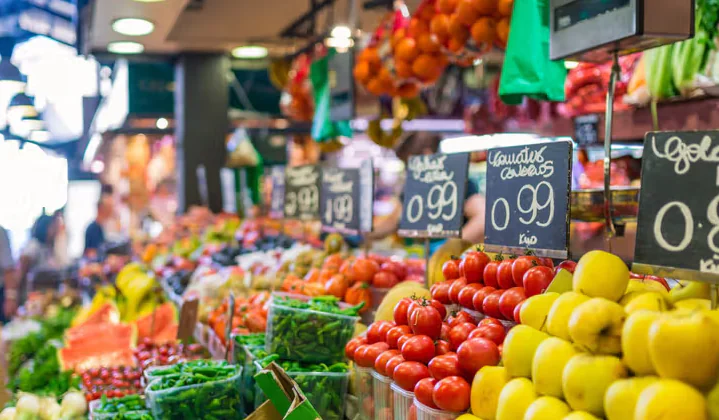Global food prices are expected to decline for a second consecutive year in 2025, driven primarily by a significant slump in rice prices, as abundant global supplies and relaxed export restrictions weigh on the market.
The World Bank’s latest Commodity Markets Outlook forecasts a 7% year-on-year decrease in its food price index, with each of its three main sub-categories—grains, oils and meals, and other food items—projected to record declines.
Grain prices are expected to see the steepest fall, dropping by 11%, largely due to a projected 29% plunge in rice prices.
This outlook is attributed to strong global production and the easing of India’s export restrictions.
India, which accounts for about 40% of global rice exports, is projected to increase output by 5% in the 2024-25 season. Globally, rice production is forecast to rise by 2%.
Despite this short-term weakness, rice prices are expected to remain relatively stable in 2026, as both supply and demand are projected to grow in tandem, according to early estimates from the International Grains Council.
Wheat prices are also likely to trend downward through 2026, amid concerns about trade-related demand. However, the decline may be cushioned by tight supply conditions.
While global wheat output is close to record levels, it is anticipated to fall slightly below consumption, resulting in reduced inventory levels.
Maize prices, on the other hand, are expected to ease by 2% in both 2025 and 2026. Weaker crude oil prices—dampening ethanol demand—alongside growing U.S.-China trade tariffs are likely to suppress demand.
Additionally, maize’s price advantage over wheat and soybeans is expected to encourage expanded cultivation, adding further downward pressure.
Even so, the fall in prices could be limited by historically low stock levels, which are set to reach their lowest in over a decade.
